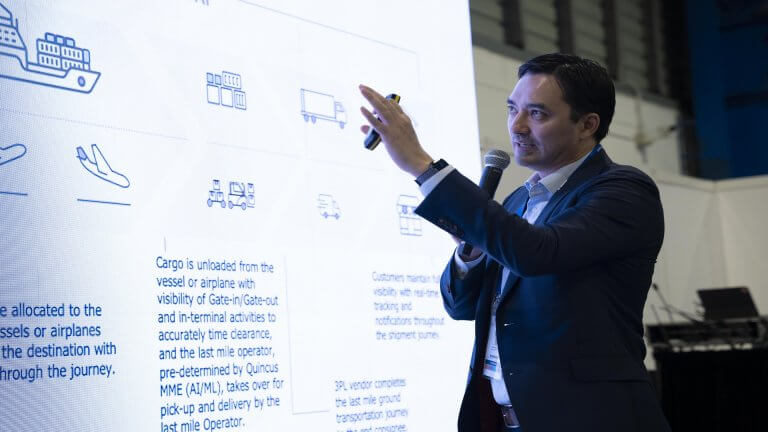
How supply chains are preparing for the next COVID-19
The COVID-19 pandemic was a rude awakening for supply chains. At the very least, it exposed vulnerabilities within global supply chains and accelerated the need for company-wide contingency planning. We call this future-proofing. As Global Trade Magazine put it, “Planning for survival is the new normal.”
Slower transit times, labor shortages, inaccessible raw materials, and lack of field tech support are some aspects of the supply chain affected by the pandemic. However, a COVID-like impact on any supply chain extends beyond a virus—weather, regulations and policies, and economic downturns can all have similar impacts.
The lucky companies—the ones that persevered through the shutdown—have learned and evolved from it. Here are a few innovations that are taking place.
2020 hindsight: How supply chains are future-proofing operations
2020 brought with it something valuable—it exposed vulnerabilities in companies’ sourcing, manufacturing, maintenance repair operations (MRO), and distribution chains. Many companies have been given a second chance. What will the next mass crisis be?
While painful, we’ve gained a powerful tool: hindsight. And, while hindsight is 20/20, hindsight of the year 2020 is vital for facing future disruptions.
Pandemic playbooks and other operational adjustments
To prepare for future disruptions, companies created their own pandemic playbook, taking measures to shore up their domestic and offshore operations. Now, organizations are adopting supply chain contingency plans that include flexibility, localized sourcing, a diversified supplier base, and critical inventory management.
Such companies have varied their modes of inbound and outbound transport, broadened their carrier base, and removed inefficiencies. Optimizing driver routes, dispatch, and throughput times enables companies to do more for lower costs.
How to combat current and future supply chain disruptions
Opt for localization
This year’s port delays provide a good example of a non-virus supply chain impact. Manufacturers, distributors, and retailers who choose to source internationally have all felt the impact of port congestion. Consequently, some are realizing the advantage of utilizing domestic or local suppliers. Localized sourcing enables flexibility across product development and process management, provides more control and collaboration among suppliers, and reduces transportation costs.
Diversify suppliers
Supplier diversification can help fortify a supply chain against future disruptions. Diversification enables better collaboration among suppliers and service providers and can build stronger and more strategic relationships. Open communication and collaboration help spark morale among suppliers.
Reinforce your inventory
In 2020, a top tech manufacturer with several large server farms around the country almost learned the hard way the importance of having ready access to critical inventory, such as spare parts. At the time, the company was facing a catastrophic failure due to a potential power outage at one of its largest facilities. Of course, this event was enough to make this tech manufacturer pause and re-evaluate its critical parts inventory. Today, there are forward stocking locations within 10 minutes of each server farm and high-value parts are accessible in onsite lock boxes.
Leverage logistics technology
Are your operations preparing for the next “COVID”—whether a new strain, a hundredth wave, or a completely new type of disruption? Logistics technology digitalizes insights into where costs and delays are happening. By minimizing costs and inefficiencies across your processes, you reinforce a competitive edge and reduce strains, putting your operations ahead of future disruptions.
Quincus’ intuitive logistics software provides end-to-end visibility, as well as intuitive resource and asset management, advanced geocoding software, and address verification. Manage inventory, routes, schedules, communication, and much more—all on a single platform!
Future-proof your operations today.
Subscribe to keep up with our latest news









